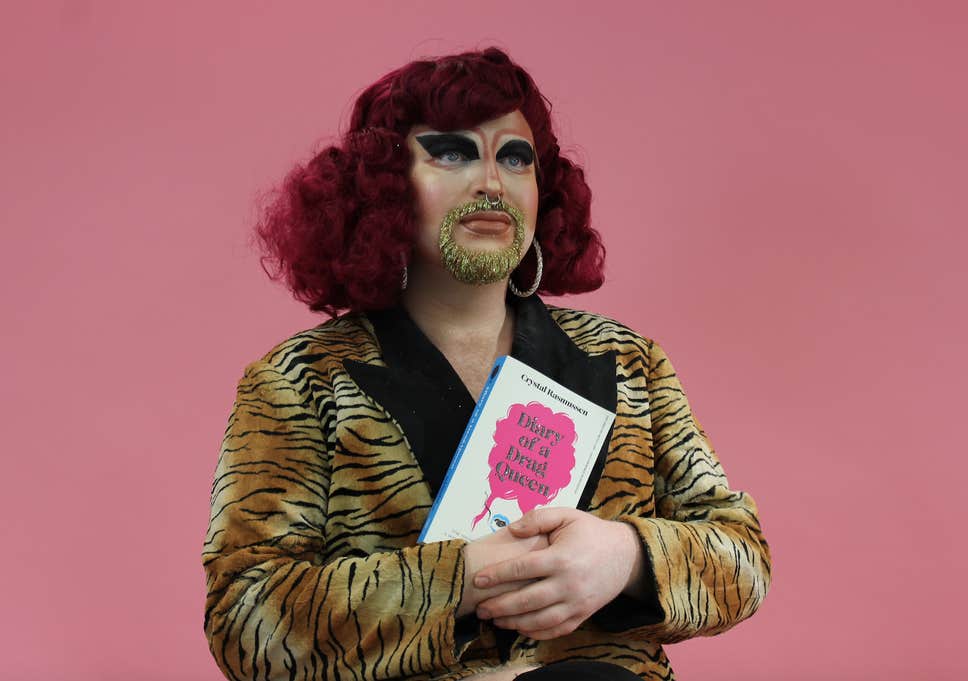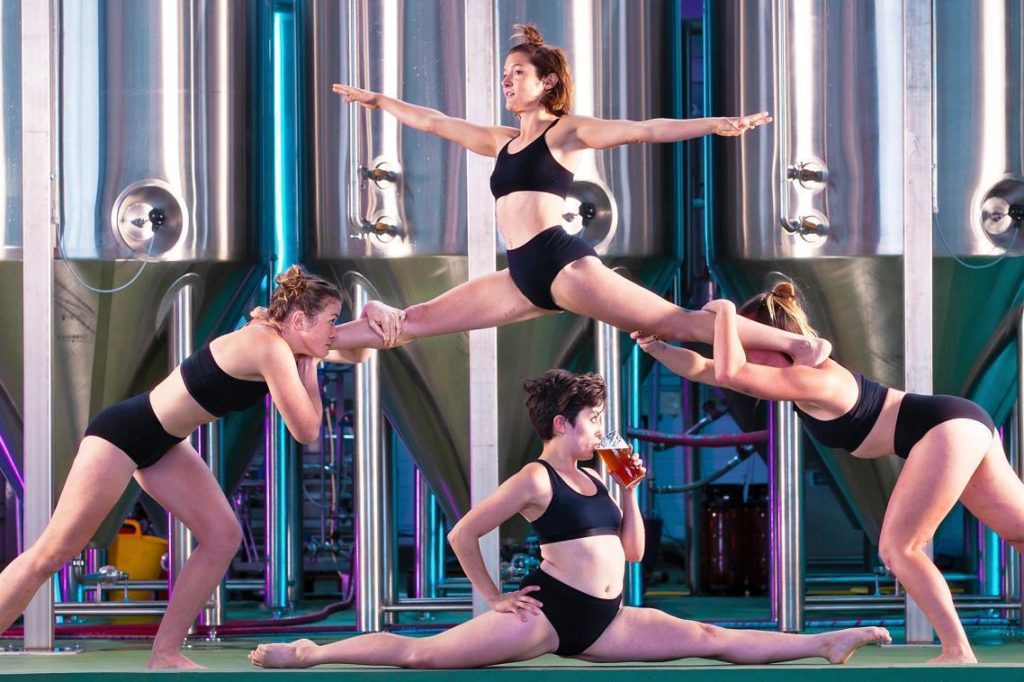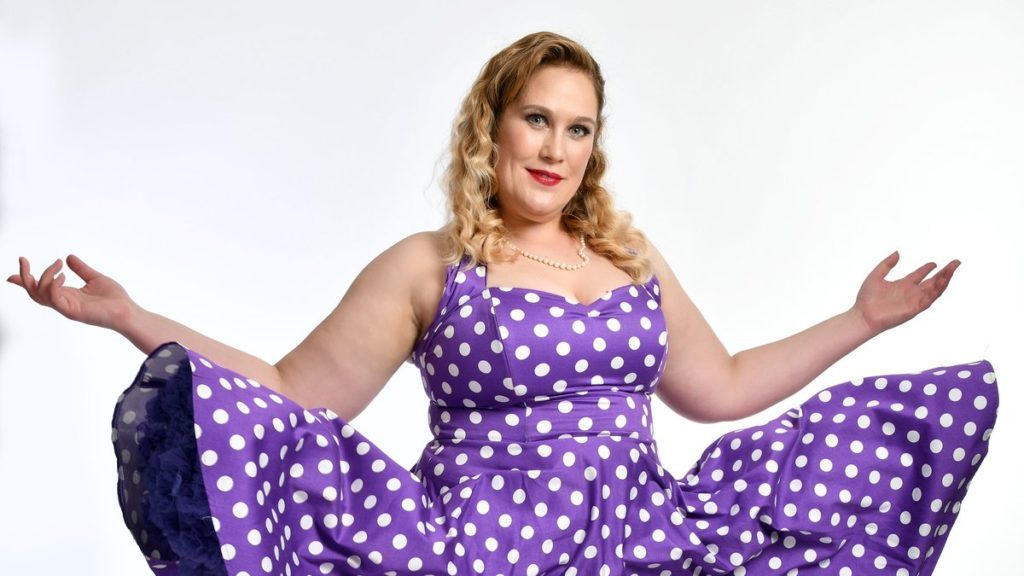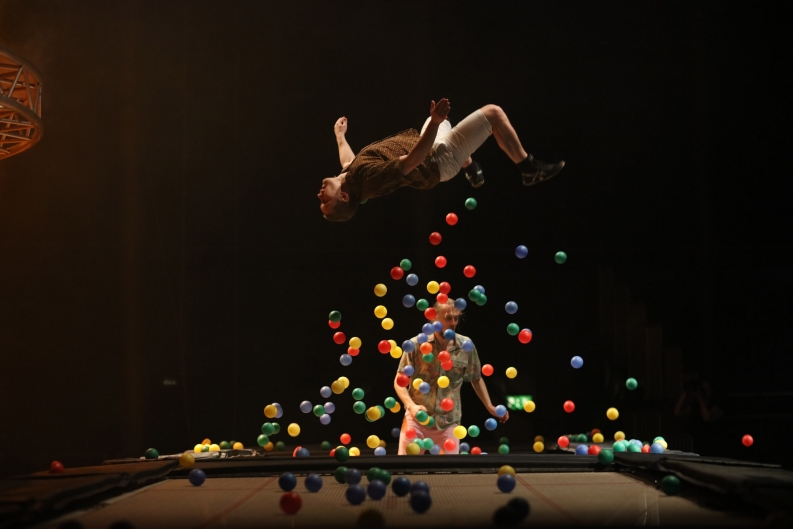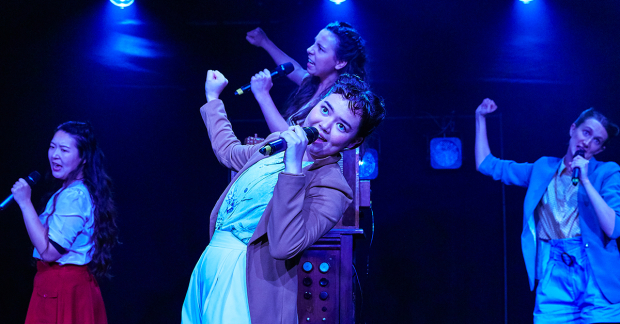 (2 / 5)
(2 / 5)
Think Whose Line Is It Anyway? Think classic British Sketch shows. A combination of these is what the Oxford Revue are trying for.
A small group of performers from Oxford university, aside from being some of the brainiest in the country, they are dabbling their hand at acting and performance creation which is always commendable.
Quintessentially British, they tackle relatable subjects from Dating to the Doctors, University life to sports which we all associate with in one way or another as well as recognise from society. This gives easy laughter, and interesting how they can easily roll through an hour long of 2 minute sketches without flagging energy.
As one can imagine, these guys are just starting out and so have a long way to go. They are comical, full of passion and excitement, but still with room to improve and hone their acting skills a little more.
Interaction with the audience comes in ebb’s and flows, something a little different than what we expect from a sketch show. However, the audience are as up for it as the performers which is a great sight to see, boosting confidence and helping the show run smoothly. The performers interact well with chosen contestants and do well to ad lib when necessary.
Oxford Revue, Switcheroo, is a good fun activity – a late night affair, if you are not ready to head home and up for sitting back for easy laughter, they are worth checking out. I would be interested to see how they progress professionally and perfect those already developing theatrical skills.
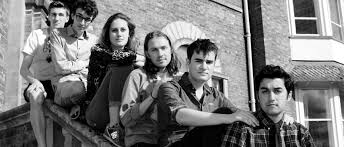

 (4 / 5)
(4 / 5)
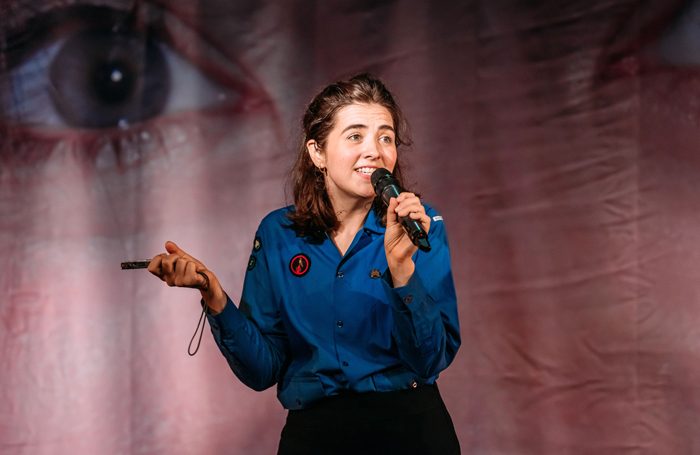
 (5 / 5)
(5 / 5)